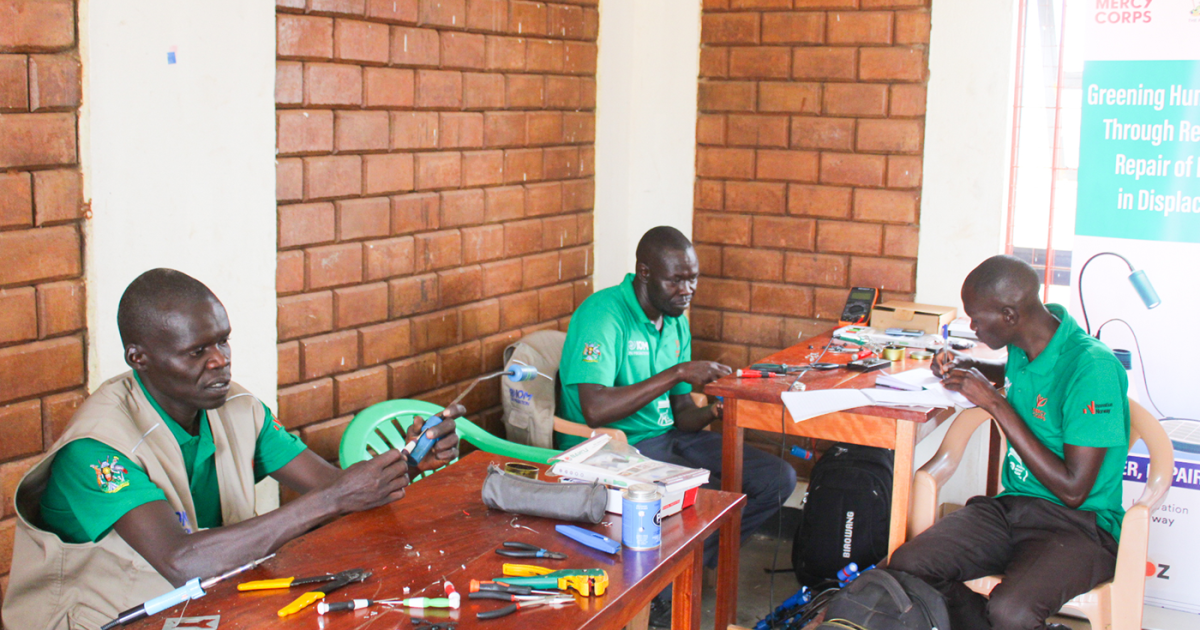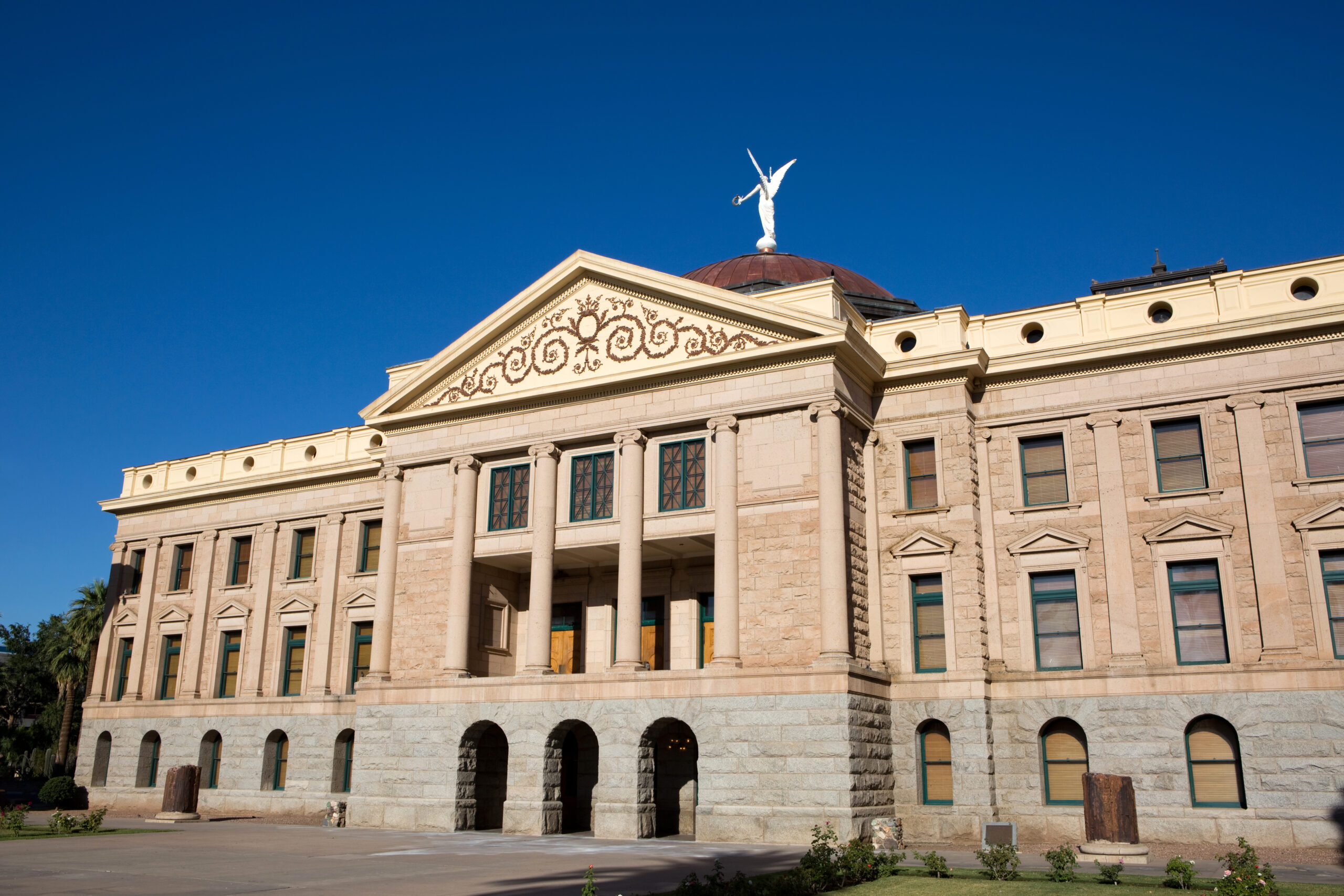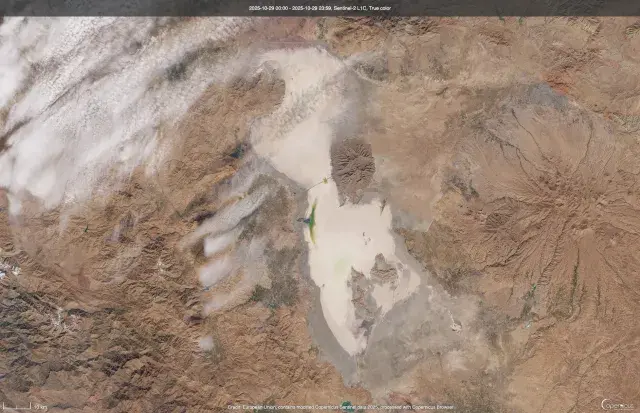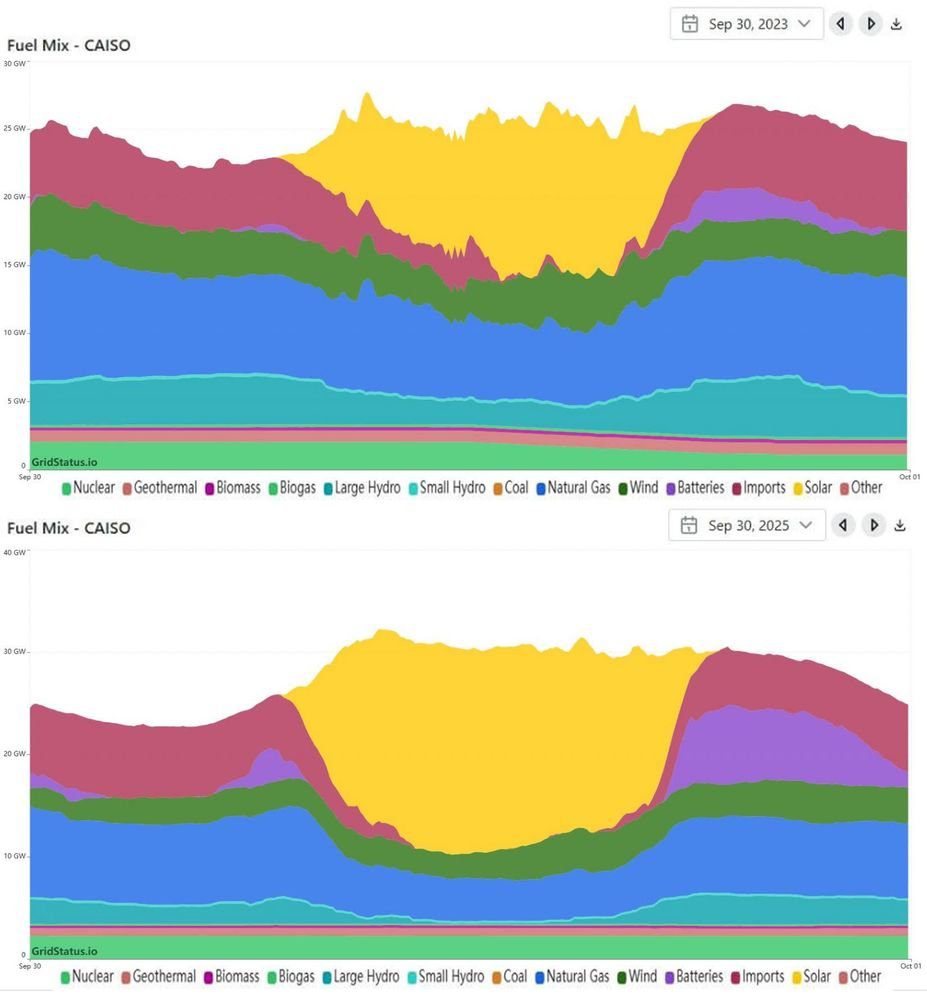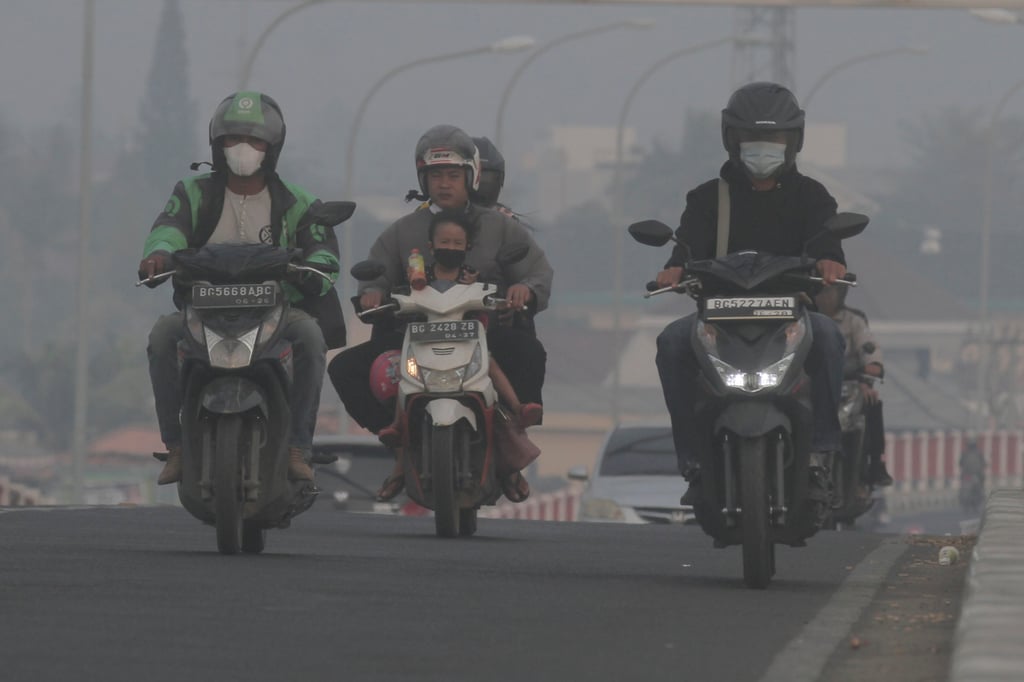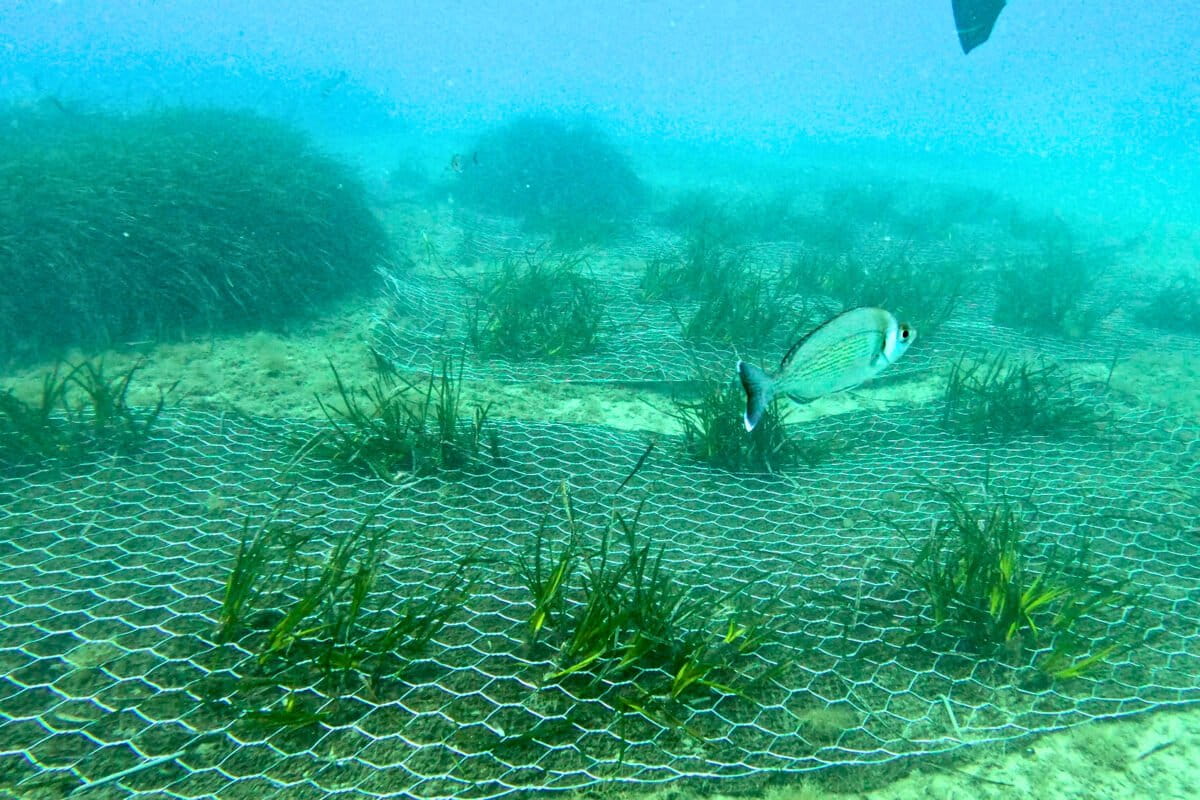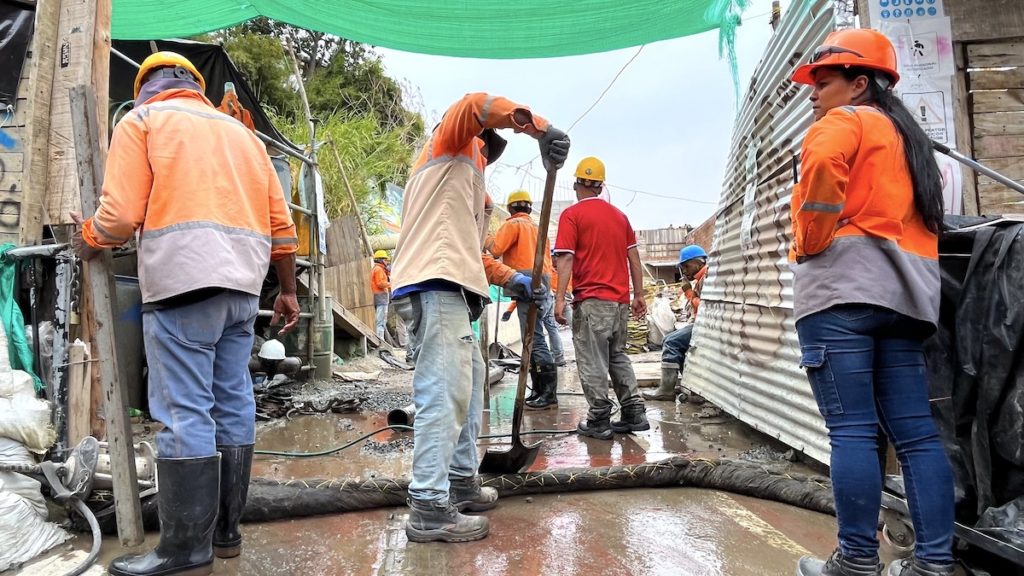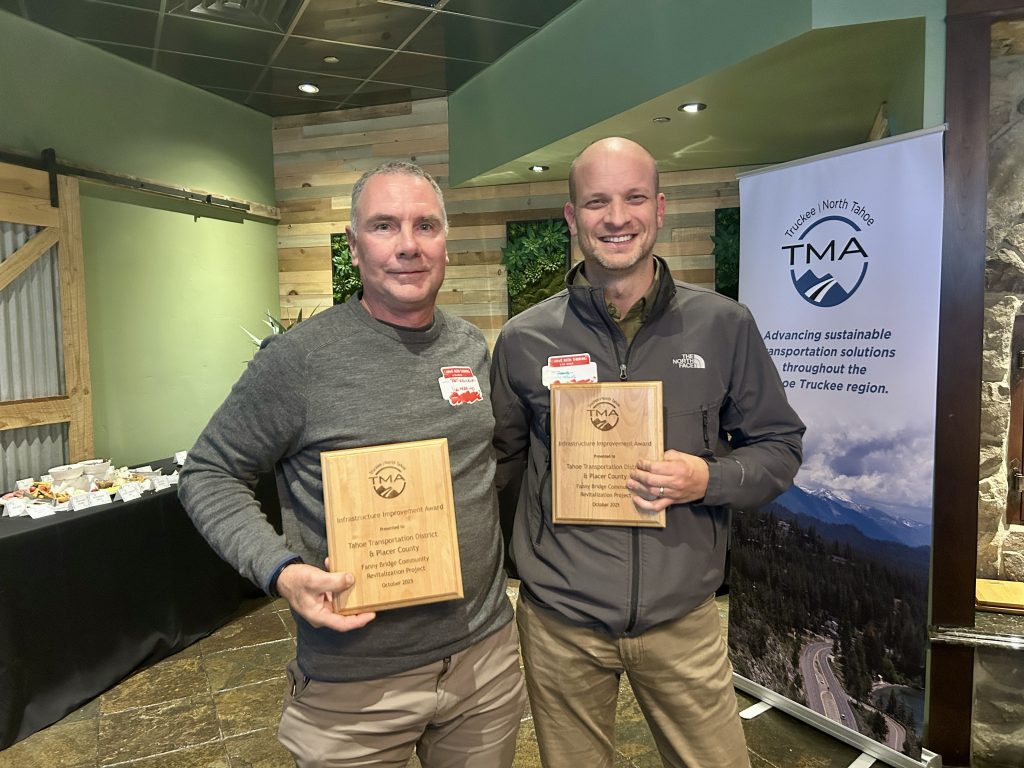Phuket Delegation Returns from Global Sustainable Tourism Conference in Fiji with Fresh Ideas for Green Initiatives in 2026 – Travel And Tour World

Report on Phuket’s Strategic Preparations for the 2026 Global Sustainable Tourism Conference
Executive Summary
A delegation from Phuket attended the 2025 Global Sustainable Tourism Conference (GSTC) in Fiji from August 5-8, 2025, to gather strategic insights for hosting the 2026 GSTC. The mission focused on aligning Phuket’s tourism development with international best practices and the United Nations Sustainable Development Goals (SDGs). This report outlines the delegation’s objectives, key findings, and the strategic framework being developed to position Phuket as a global leader in sustainable tourism, with a significant emphasis on achieving specific SDG targets through its tourism initiatives.
Delegation Participation and Objectives at GSTC 2025
Delegation Composition
The official delegation from Phuket comprised key stakeholders responsible for tourism and sustainable development on the island. Members included:
- Samawit Suphanphai, Vice Governor of Phuket
- Pattanachai Singhawara, Director of the Thailand Convention and Exhibition Bureau (TCEB)
- Bhummikitti Ruktaengam, President of the Sustainable Tourism Development Foundation
- Thaneth Tantipiriyakij, President of the Phuket Tourist Association
- Representatives from the Tourism Authority of Thailand (TAT) Phuket Office
Mission Objectives
The delegation’s primary objectives for attending the GSTC 2025 in Fiji were:
- To acquire knowledge on the latest global trends and innovations in sustainable tourism practices.
- To establish and strengthen international partnerships, directly supporting SDG 17 (Partnerships for the Goals) by collaborating with global tourism leaders and experts.
- To benchmark Phuket’s current sustainability initiatives against the GSTC Criteria and refine strategies for hosting the 2026 conference.
- To gather actionable intelligence for transforming Phuket into a model destination for responsible tourism, in line with multiple SDGs.
Strategic Framework for Sustainable Tourism in Phuket
Key Learnings and Integration with Sustainable Development Goals (SDGs)
The insights gained from the GSTC 2025 are being integrated into a comprehensive strategy for Phuket’s tourism sector. This framework is explicitly designed to advance several key SDGs:
- SDG 8: Decent Work and Economic Growth – Strategies will focus on creating sustainable economic opportunities for local communities. This includes capacity-building programs to equip the local workforce with the skills required for the green tourism economy, ensuring that economic benefits are distributed equitably.
- SDG 11: Sustainable Cities and Communities – A central theme is the deep involvement of local communities in the planning and implementation of tourism projects. This approach aims to preserve Phuket’s cultural integrity and heritage while ensuring that tourism development enhances the quality of life for residents.
- SDG 12: Responsible Consumption and Production – Phuket will implement initiatives aimed at minimizing the environmental footprint of tourism. This includes programs for plastic waste reduction, efficient resource management, and the promotion of sustainable supply chains within the tourism industry.
- SDG 13: Climate Action – The framework includes measures to reduce the carbon footprint of the tourism sector through the promotion of renewable energy, low-impact transport, and eco-friendly infrastructure.
- SDG 14 (Life Below Water) and SDG 15 (Life on Land) – Significant emphasis will be placed on the preservation of Phuket’s natural ecosystems. Initiatives will focus on protecting marine environments and terrestrial biodiversity through the promotion of low-impact tourism activities and conservation efforts.
Action Plan for GSTC 2026 and Beyond
Planned Initiatives for a Green Future
As Phuket prepares to host the GSTC in 2026, the following initiatives are being prioritized to establish the event as a benchmark for sustainability:
- Development of cutting-edge, eco-friendly infrastructure for tourism and events.
- Implementation of island-wide programs to reduce single-use plastics and promote a circular economy.
- Showcasing innovative solutions in water and energy management within the hospitality sector.
- Strengthening partnerships between public authorities, private businesses, and local communities to ensure collaborative governance of sustainability efforts.
- Launching educational campaigns to raise awareness among tourists and local stakeholders about responsible tourism practices.
Long-Term Vision: A Model for Responsible Tourism
Phuket’s long-term vision extends beyond hosting a single event. The goal is to fundamentally transform the island’s tourism model into one that is environmentally sustainable, economically beneficial, and socially responsible. By aligning with the GSTC Criteria and the SDGs, Phuket aims to create a replicable model of sustainable tourism that can inspire other destinations globally. The 2026 GSTC will serve as a platform to showcase these achievements and solidify Phuket’s reputation as a premier destination for sustainable travel.
Analysis of Sustainable Development Goals in the Article
1. Which SDGs are addressed or connected to the issues highlighted in the article?
The article on Phuket’s sustainable tourism initiatives addresses several Sustainable Development Goals (SDGs) by focusing on environmental protection, economic growth, community well-being, and international cooperation.
- SDG 8: Decent Work and Economic Growth – The article highlights the aim to create “economic opportunities for the local community” and support the “local economy” through sustainable tourism, which is a major contributor to Thailand’s economy.
- SDG 11: Sustainable Cities and Communities – The focus on “community involvement,” “maintaining cultural integrity,” and developing Phuket into a “model of responsible tourism” that protects communities aligns with this goal.
- SDG 12: Responsible Consumption and Production – This is a central theme, with numerous mentions of “sustainable tourism practices,” “green initiatives,” “reducing plastic waste,” “resource management,” and minimizing environmental footprints.
- SDG 13: Climate Action – The article explicitly mentions plans for “minimising tourism’s carbon footprint” and “promoting renewable energy” as part of Phuket’s green initiatives.
- SDG 14: Life Below Water – As an “ocean paradise” with “pristine beaches,” Phuket’s efforts to “protect the planet” and implement initiatives like “reducing plastic waste” directly contribute to the health of marine ecosystems.
- SDG 17: Partnerships for the Goals – The entire article is framed around collaboration. The Phuket delegation’s trip to Fiji was to “forge new collaborations,” learn from “global sustainable tourism experts,” and build “solid international connections” to achieve sustainability goals.
2. What specific targets under those SDGs can be identified based on the article’s content?
Based on the initiatives and goals described, several specific SDG targets can be identified:
- Target 8.9: “By 2030, devise and implement policies to promote sustainable tourism that creates jobs and promotes local culture and products.”
- The article’s focus on making Phuket a “benchmark for sustainable tourism practices” that creates “economic opportunities for the local community” and supports the “local economy while maintaining cultural integrity” directly corresponds to this target.
- Target 11.4: “Strengthen efforts to protect and safeguard the world’s cultural and natural heritage.”
- Phuket’s commitment to “preservation of natural environments” and “maintaining cultural integrity” as part of its tourism framework aligns with the protection of natural and cultural heritage.
- Target 12.b: “Develop and implement tools to monitor sustainable development impacts for sustainable tourism…”
- The article states that Phuket is working to align its plans with “international sustainable tourism criteria, as laid out by the GSTC.” The GSTC Criteria are a tool for monitoring sustainable tourism, and Phuket’s adoption of these standards is a direct implementation of this target.
- Target 13.2: “Integrate climate change measures into national policies, strategies and planning.”
- Phuket is integrating climate action into its tourism strategy by planning to implement “solutions for green travel,” “minimising tourism’s carbon footprint,” and “promoting renewable energy.”
- Target 14.1: “By 2025, prevent and significantly reduce marine pollution of all kinds, in particular from land-based activities…”
- The article mentions that Phuket has already developed “eco-friendly initiatives such as reducing plastic waste,” which is a key land-based activity that causes marine pollution. This directly addresses the goal of reducing marine debris.
- Target 17.17: “Encourage and promote effective public, public-private and civil society partnerships…”
- The article emphasizes that the “success of sustainable tourism projects relies on a strong partnership between local authorities, tourism businesses, and the communities they serve.” The delegation’s mission to “forge new collaborations” at the GSTC is a clear example of building multi-stakeholder partnerships.
3. Are there any indicators mentioned or implied in the article that can be used to measure progress towards the identified targets?
The article implies several indicators that can be used to measure progress, even if specific quantitative data is not provided:
- Adoption of sustainable tourism standards: The article explicitly mentions aligning plans with the “GSTC Criteria.” Progress can be measured by the number of tourism businesses and destinations in Phuket that adopt and get certified under these criteria.
- Implementation of environmental initiatives: Progress can be tracked by measuring the success of specific projects mentioned, such as the “amount of plastic waste reduced” or the “increase in the use of renewable energy” in the tourism sector.
- Reduction of carbon footprint: An indicator would be the measured reduction in greenhouse gas emissions from tourism-related activities on the island.
- Community engagement and benefit: Progress can be measured by the “level of community involvement” in tourism planning, the number of jobs created for the local population, and the economic growth of local businesses supported by tourism.
- Capacity building: An indicator would be the “number of local workforce members equipped with the necessary skills and knowledge” through training programs on sustainable tourism practices.
- Formation of partnerships: The “number of new partnerships and collaborations” forged with international experts, organizations, and tourism leaders can be tracked as a measure of progress towards global cooperation.
4. Table of SDGs, Targets, and Indicators
| SDGs | Targets | Indicators Identified in the Article |
|---|---|---|
| SDG 8: Decent Work and Economic Growth | 8.9: Promote sustainable tourism that creates jobs and promotes local culture. | Creation of economic opportunities for the local community; Number of local workforce members trained in sustainable tourism. |
| SDG 11: Sustainable Cities and Communities | 11.4: Strengthen efforts to protect and safeguard the world’s cultural and natural heritage. | Implementation of plans for the preservation of natural environments and maintaining cultural integrity; Level of community involvement in tourism planning. |
| SDG 12: Responsible Consumption and Production | 12.b: Develop and implement tools to monitor sustainable development impacts for sustainable tourism. | Adoption of GSTC Criteria by tourism businesses; Implementation of resource management strategies. |
| SDG 13: Climate Action | 13.2: Integrate climate change measures into policies, strategies and planning. | Implementation of strategies for minimizing tourism’s carbon footprint; Promotion and use of renewable energy. |
| SDG 14: Life Below Water | 14.1: Prevent and significantly reduce marine pollution of all kinds. | Implementation and success of initiatives for reducing plastic waste. |
| SDG 17: Partnerships for the Goals | 17.17: Encourage and promote effective public, public-private and civil society partnerships. | Number of new collaborations and partnerships forged with global tourism leaders and experts. |
Source: travelandtourworld.com

What is Your Reaction?
 Like
0
Like
0
 Dislike
0
Dislike
0
 Love
0
Love
0
 Funny
0
Funny
0
 Angry
0
Angry
0
 Sad
0
Sad
0
 Wow
0
Wow
0







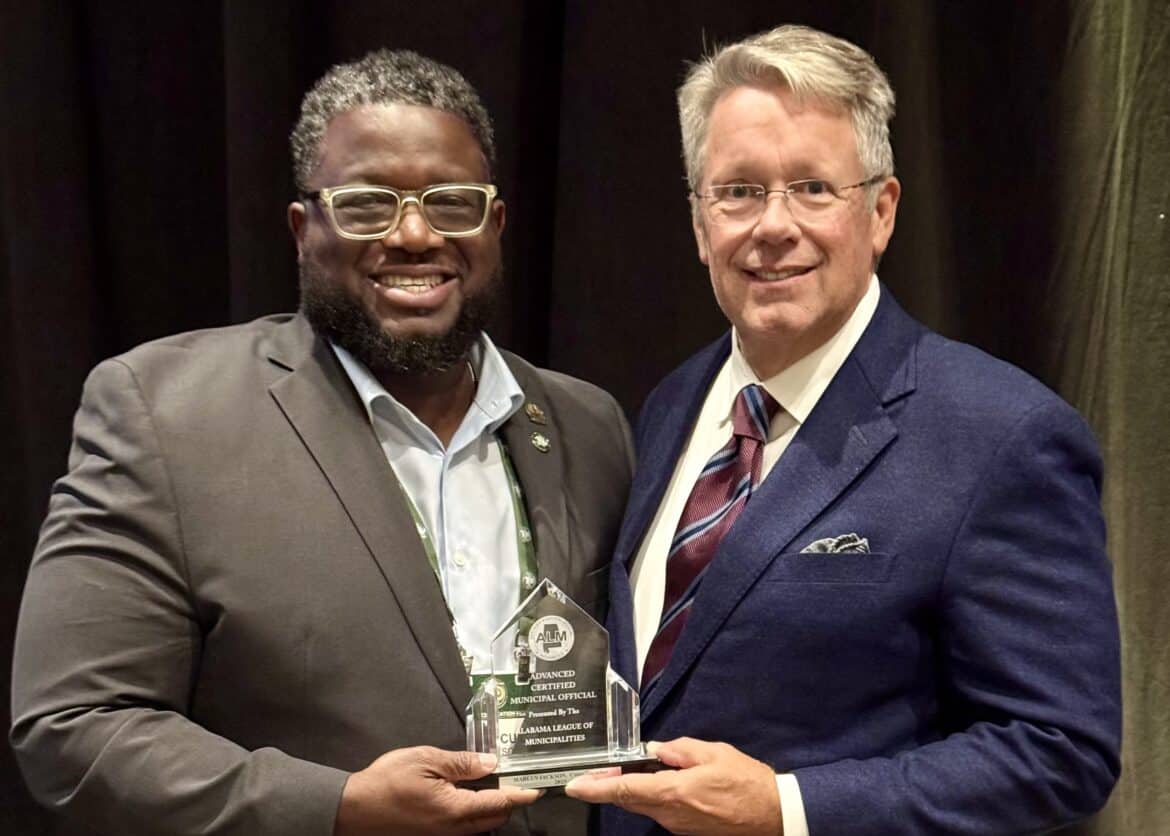







;Resize=805#)











